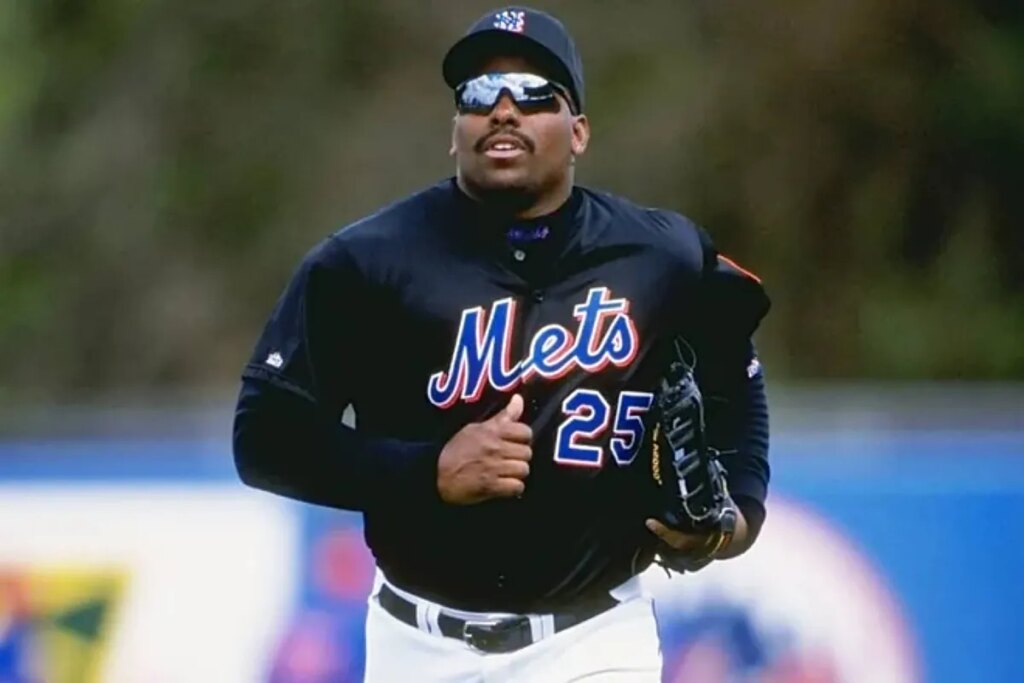Every July 1, something curious happens in the world of baseball: the New York Mets issue a check for $1.19 million. The recipient is Bobby Bonilla, a 62-year-old former player who has not played for the team since 1999. This annual event, popularly known as “Bobby Bonilla Day”, has become something of a running joke and a classic example of financial warning. It all goes back to a deal signed in 2000, a decision that, although born of good intentions, ended up being a very poorly calculated financial gamble.
It all started when the Mets decided to release Bobby Bonilla, even though they still owed him $5.9 million on his contract. Instead of paying him that sum up front, they offered him a deferred payment deal with eight percent annual interest. At the time, the team’s owners were heavily invested with financier Bernie Madoff, who promised double-digit returns. They were confident they could earn much more than that eight percent and make a big profit.
But the plan backfired spectacularly when it was discovered that Madoff was running a Ponzi scheme, one of the largest financial frauds in history. The collapse left the Mets in a very difficult situation.
This is what the former Mets manager said about the deal
One of the architects of that famous agreement, former Mets general manager Steve Phillips, now sees the funny side of the situation. He recently spoke about his role in creating that legendary contract. Laughing, Phillips proudly expressed the legacy of the deal:
“It seemed like a good idea at the time!” he exclaimed on MLB Network Radio‘s The Leadoff Spot.
“I wanted to set a trend, and you’re welcome, Los Angeles Dodgers… now I’m an influencer. I feel really proud of this.”
Phillips revealed how the famous deal with Bonilla came about. He recalled the moment when then-team owner Fred Wilpon gave him a key instruction that triggered one of the most talked-about contracts in sports history:
“We were going to release Bobby Bonilla, and Fred Wilpon told me, ‘Check with the accounting department what would happen if we invest the money with Bernie.’ That Bernie was Bernie Madoff,” Phillips explained.
A plan that remains in focus in 2025
The Mets‘ plan was to invest the $6.5 million they owed Bonilla, defer payment for 10 years and then spread it out over 25 years. Phillips believed that strategy would generate millions in profits.
However, in 2025, the issue of deferred payments has gone from being a mere curiosity to a front-page issue in the world of sports business. This winter, the Los Angeles Dodgers not only embraced the practice, but took it to the extreme: Shohei Ohtani’s record $700 million contract includes $680 million in deferred payments, which he will begin receiving in 2034 at a rate of $68 million per year. This bold structure has become the new benchmark for creative finance in sport.
Although the Dodgers and Mets lead this trend, they are not alone. Other teams have also begun to implement similar strategies, albeit on a smaller scale.
Read the full article here

